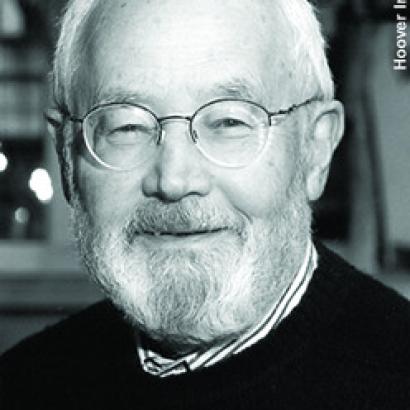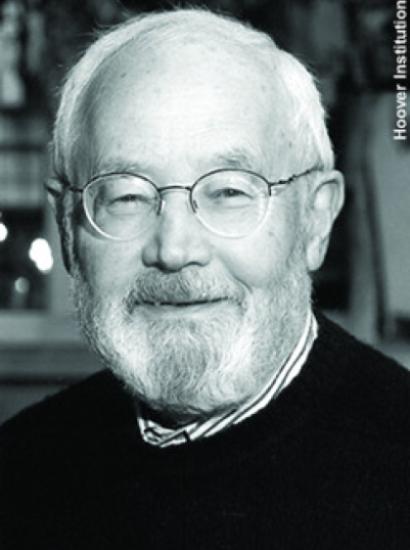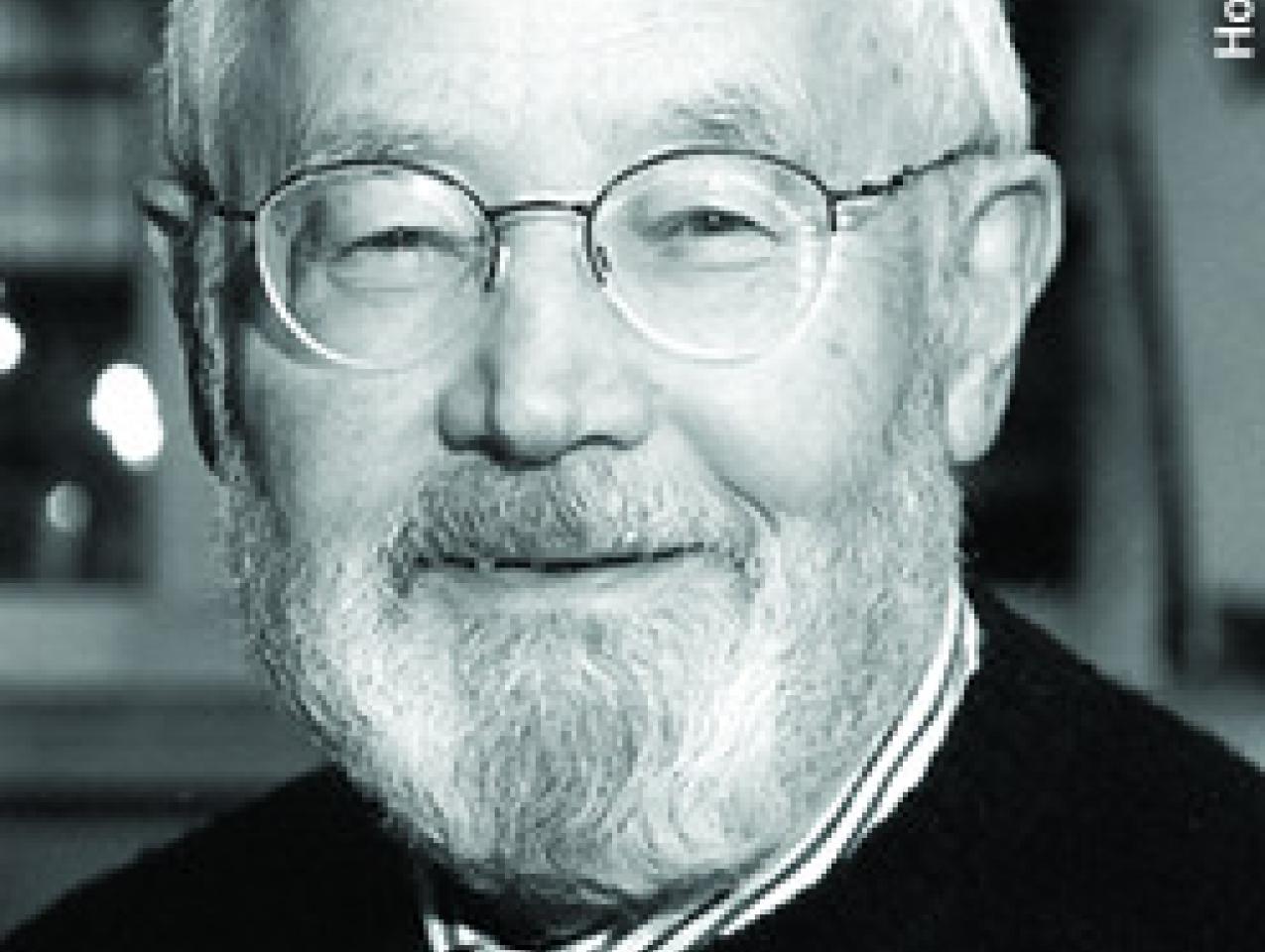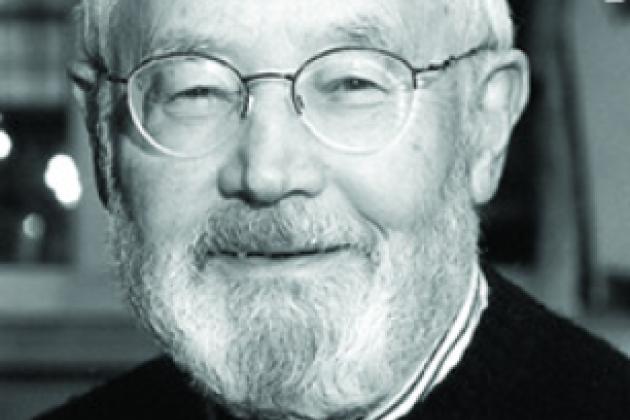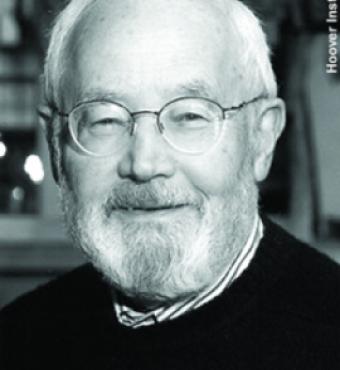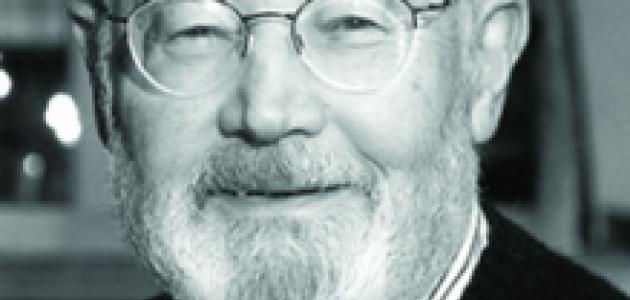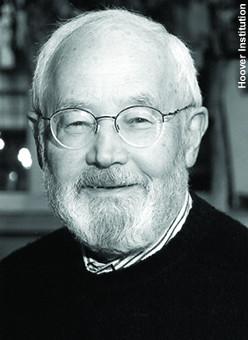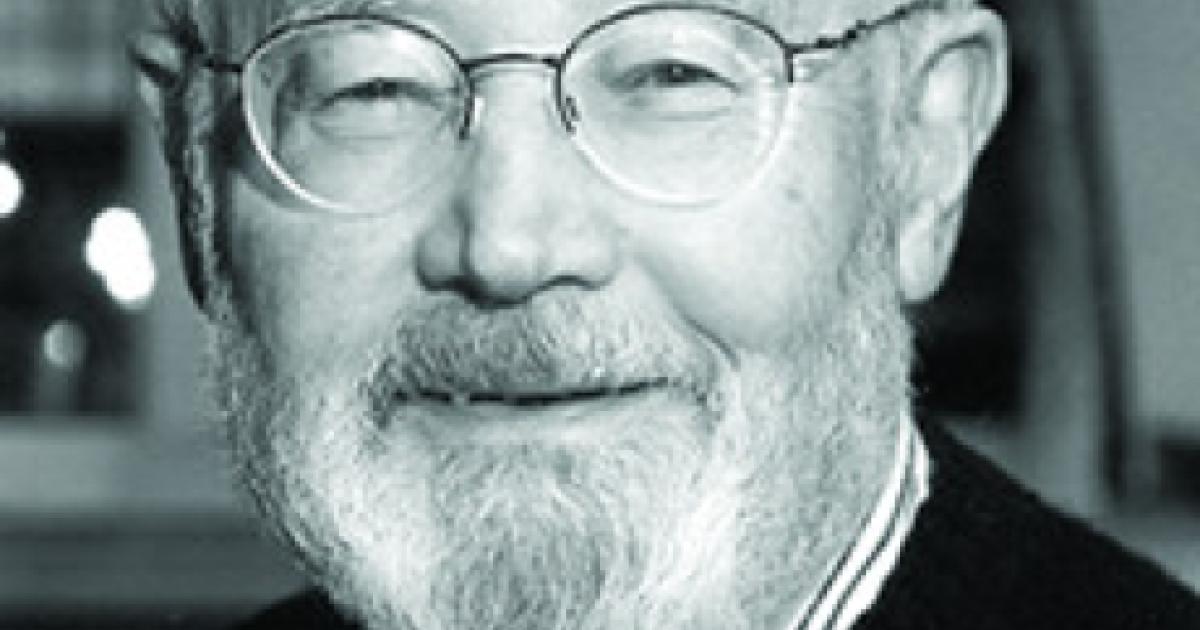- World
- Military
- History
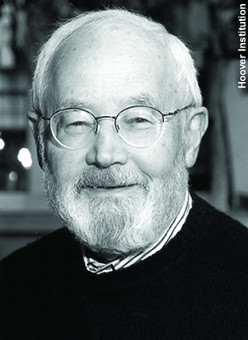
Keith Eiler, a dear friend, died the other day. I had spoken with him by phone a week earlier, on his 85th birthday, but we exchanged only a few words. He had suffered from pulmonary fibrosis for two years, and by then it was difficult for him to speak at all. He had just returned from one more visit to the hospital and was very weak. A friend told me that he was exhausted, quite worn down by his condition, and ready to go.
His wife, Mary Ann, came into his room one morning—he slept in a special bed in the living room—and found that he had slipped away quietly during the night.
I loved him dearly, and, although I never quite said so, I think he knew that. I also think that Keith was a saint. That may seem to be conventional politeness about the dead, but I mean it and want to try to convey what I mean.
Keith was a retired army officer who worked at the Hoover Institution for about 20 years. I can’t remember our first meeting, but it was probably in 1987, at St. Ann’s Chapel in Palo Alto. Keith and Mary Ann Eiler would attend the Mass at St. Ann’s, and then the congregation would assemble in the garden for refreshments, provided courtesy of the eminent scholar and Frenchman René Girard and his wife, Martha. Keith was so quiet and unassuming that he was not likely to make much of a first impression, and indeed I don’t have one. We slowly became acquainted. Mary Ann would invite friends out to their condominium in Pacifica, and Keith would enjoy making mai tais, a festive cocktail, for his guests.
He was born in 1920, in Monowi, Nebraska, the second of nine children. “The family were tenant farmers who moved frequently in search of arable land and better conditions for their livestock,” a funerary memorial relates. His sister Fern told me that their father had a team of horses and wagon, but they had no car, telephone, or electricity. Water came from a cistern, and in dry summers “my dad would haul barrels of water from town.” The older children would walk almost five miles to school except in the depths of winter. In the evening, there was homework by the light of oil lanterns, all this set against the backdrop of the Great Depression. “But we were happy and we didn’t know we were poor,” Fern said.
I don’t recall Keith ever talking about these things and wish now that I had asked him. But he was always reluctant to talk about himself and did so only in short bursts.
He went to the University of Nebraska and then to West Point. He graduated on D-Day and within months had joined General Patton’s Third Army in Europe. He was seriously wounded by a booby-trapped mine at the Battle of the Bulge. Recuperating in England, he attributed his survival to penicillin. After the war he became aide-de-camp to General Albert Wedemeyer, who by then commanded the Sixth Army at the Presidio in San Francisco. (Keith once showed me around this famous military base, now closed after 150 years’ service and inherited by the U.S. Park Service.)
In 1952 Keith joined the Eighth Army in Korea, where he was stationed on the front lines. His family appeared on the TV program “This Is Your Life.” His mother was the featured guest, and her many children were brought to the studio from all over; Keith was flown in from Korea. There is a video of the program, but Fern found it “kind of sad” to watch, so many years later.
He retired from the army in 1965 and then earned a Ph.D. in the history of American civilization at Harvard. Still unmarried, he lived in a small apartment near the Library of Congress, in Washington, D.C. It was while Keith was living in Washington that he met his future wife, Mary Ann Ellery, and converted her (in her words) from her “flaky academic socialist-liberalism.” They were married in 1984, in Washington. Later, she “maneuvered” him into the Catholic Church.
General Wedemeyer and Keith, both strong conservatives, became good friends. (Wedemeyer died in 1989, at the age of 92.) When Wedemeyer gave his papers to the Hoover Institution, Keith went, too, as a research fellow. He would work on the papers and on the general’s biography. But he became sidetracked by a big book, Mobilizing America: Robert P. Patterson and the War Effort, 1940–1945. Keith’s book won the Hoover Institution’s Uncommon Book Award, but it cost him a lot of effort. And to his great discomfort, the Wedemeyer biography was never finished. But, as always, he remained calm and unruffled externally.
Keith was never out of sorts, never short-tempered; always courteous, polite, considerate. A less martial figure it would be hard to imagine. The phrase “an officer and a gentleman” fit him precisely.
I seem to have no anecdotes about Keith. But I was always happy to be in his company, and he didn’t even have to say anything. Sometimes at Hoover I would look for him so that we could have lunch, and it seems in retrospect that we would hardly say anything at all. Being in his company was just the greatest pleasure in itself. When I would see him quietly walking across the courtyard or down the hall, my heart would give a small leap for joy.
Charles Palm, formerly the Hoover Institution Archivist and a good friend of Keith’s, told me that he had much the same experience. Often they would go out to lunch on Fridays, and when Keith would come into his office it was a moment of joy, he said. I think it is a sign of sanctity when someone can evoke such a response just by his presence.
Mary Ann worked for a few years behind the scenes at the San Francisco cathedral and often Keith would accompany her, this before his conversion. Her fellow workers eventually grew to know and love this meek, reticent figure hovering in the background. “The Protestant saint,” they called him.
In discerning sanctity, the Catholic Church no longer employs a devil’s advocate, but the quality described by the Latin word hilaritas was said to be essential for sainthood. Keith had it, I think, although in him it was always quiet and subdued.
Sanctity is uncommon, surely, but it is likely to be inconspicuous as well because saintly people don’t draw attention to themselves if they can avoid it. Self-abnegation comes with the job description. People with Keith’s virtues do cross one’s path from time to time, but it is not easy to recognize them. They don’t wear halos, and you are unlikely to find them in any way remarkable or even particularly interesting. For that reason it is unlikely that you will notice them or have a reason to get to know them. In my case, it was a matter of simple proximity, extending over years. But I treasure his memory and hope that one day we may meet again.








